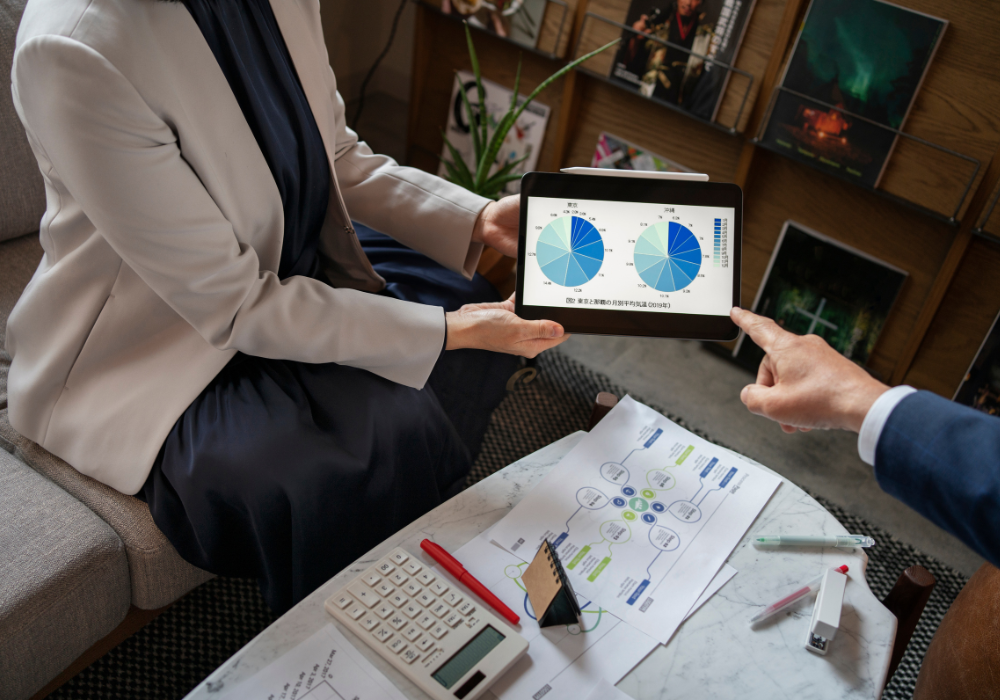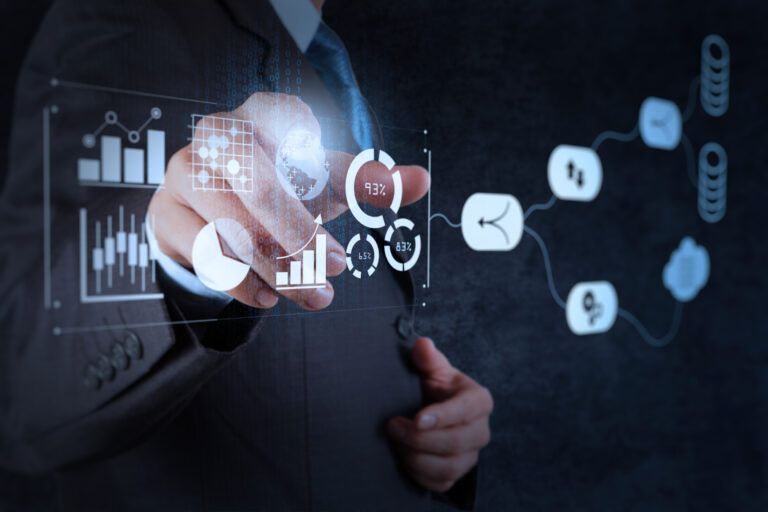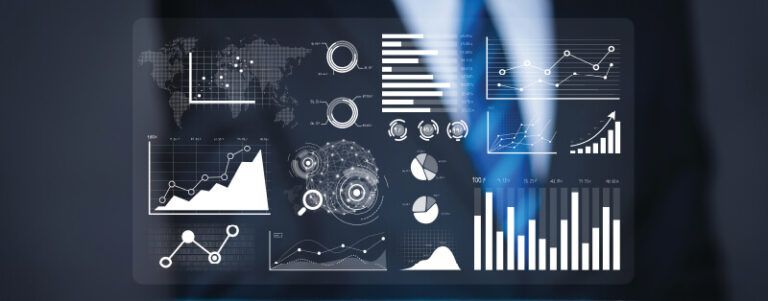What is Predictive Modeling in Business Analytics? An Ultimate Guide for 2023

Predictive modeling or predictive analytics is an advanced analytical technique that helps businesses make predictions using historical data. A few examples include the probability of someone clicking an ad and purchasing a product, estimating future market conditions, and more.
Besides future predictions, predictive modeling also determines present outcomes and analyzes what-if scenarios.
What Is the Definition of Predictive Modelling?
Predictive modeling uses mathematical and computation methods like probability and data mining to examine historical data and analyze patterns and relationships between data points.
Predictive analytics starts with data collection followed by developing a statistical model. Thereby analyzing data and making predictions.
Remember that with every new data set, data analysts need to make changes in the predictive model to ensure accurate outcomes.
The Benefits of Predictive Modelling
- The predictive model performs tasks with high-level accuracy and has a faster response time. This helps in reducing cost and the time taken to complete a task.
- Predictive models provide deep insights into customer behavior, competition, and the market that enables businesses to improve their efficiency and productivity. It also helps in optimizing processes and making informed business decisions.
The Limitations of Predictive Modelling
- To make accurate predictions, these models require good-quality data. The lack of good data can lead to unreliable future predictions.
- Sometimes, predictions become inaccurate because of changes in customer behavior and the market.
 Why Is Predictive Modeling Important?
Why Is Predictive Modeling Important?
In today’s time, every organization relies on data to make important business decisions. And analytical tools help companies make sense of the data collected. They divide large data sets into smaller clusters and analyze them to make inferences.
A business analytical tool like predictive modeling is widely used by organizations across different industries to make informed decisions. Predictive models enable companies to determine the future implication of their decisions. Thus, making predictive modeling an important tool for businesses to gain a competitive advantage.
Types of Predictive Modelling
All predictive models are broadly divided into two categories: supervised and unsupervised models. So, unsupervised models use traditional statistical tools to classify the data. Logic regression and time-series analysis are some types of unsupervised models.
Meanwhile, supervised models use modern machine-learning techniques to identify a pattern and cluster it. Therefore, neural network and clustering models are some types of supervised models.
1. Classification Model
The classification model is the simplest predictive model. It classifies data points into different categories for simple and direct responses. For instance, if you type, “Is there any faulty transaction in my bank account?” The predictive model will give a simple answer- “yes” or “no” to it by analyzing data from the different categories.
Here are the four popular types of classification models:
- The binary: Used for spam detection
- Multi-class: Used to detect patterns
- Multi-label: Used to analyze multiple objects
- Imbalance: Used in fraud detection and healthcare (medical diagnosis)
2. Clustering Model
The clustering model simplifies data management by dividing data with similarities into a cluster or a group. Computer graphics, machine learning, data compression, image analysis, and pattern recognition use clustering models.
3. Forecast Model
The forecast model is one of the most popular predictive models. Henceforth, it works on everything that has a numerical value. Moreover, the model is used for determining data processing speed, analyzing huge sets of data, identifying hidden sequences in data, and others.
4. Outliers Model
The outliers predictive model analyzes abnormal data points. So, companies use this model for analyzing discrete data. This predictive model is mostly used in finance to detect fraud. They help to detect abnormal data sets and predict information related to those data sets.
5. Time Series Model
The time series model is used in companies to make scientific predictions based on time-stamped data. The best example of these types of predictive modeling is interest rates, temperature readings, stock prices, and more.
Also Read: What is the Scope of Business analytics? Find its Types, Benefits, and More
Application of Predictive Modelling
Predictive modeling is used in various fields that use data analysis techniques for better decision-making processes. Here is the application of predictive analytics across industries.
application of predictive analytics across industries.
Digital Marketing
Predictive models predict target customers’ requirements and reactions to a content piece. The historical data about the target customer’s social media consumption is analyzed to predict the kind of content the customers like.
Human Resource
The human resource (HR) department uses predictive models to match job applicants to their prospective job, reduce employee turnover, and increase employee engagement. Moreover, the data extracted from predictive models can be used to reduce recruiting costs and increase employee satisfaction.
Healthcare
Predictive models can be used in healthcare for patient management. They can detect and manage chronically ill patients. Moreover, it can also be used to mine health records to learn more about a disease and its treatment.
Besides that, predictive models also recognize patients most likely to skip appointments, predict clinical outcomes, and gain insights from patterns in patient data to develop effective campaigns.
Predictive Modeling in Business Analytics
Businesses use predictive modeling as an analytical tool to make sense of data. Moreover, they help organizations collect, analyze, clean, and interpret huge data sets. Here are two main benefits of using predictive modeling in business analytics.
- Predictive analytics plays a vital role in detecting business fraud. These algorithms analyze inconsistent behavior and map out possibilities of criminal behavior. They attack vulnerabilities and create reliable systems.
- Companies can use predictive analytics for formulating effective marketing campaigns. Predictive models evaluate customer behavior, customer buying trends, preferences, and more about the customer.
Prepare for Your Career in Predictive Modeling with Emeritus
So, those who work to aspire to predictive modeling should consider taking Emeritus’ business analytics courses. Because these learning programs are offered in association with India’s renowned institutes like IIM and IIT. Moreover, Emeritus certificate courses have proven beneficial for professionals interested in utilizing data to make business decisions. Therefore, enroll in Emeritus’ online courses to build a successful career in predictive modeling and business analytics.




